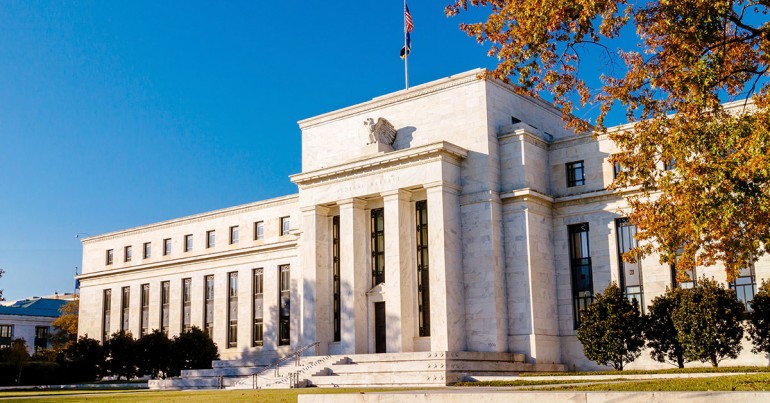
Dollar steady as U.S.GDP awaited
Morning mid-market rates – The majors
April 26th: Highlights
- Q1 earnings pointing to stronger than expected growth data
- Weakening euro could be positive for a recovery
- Sterling in the thrall of the greenback as Brexit hiatus continues
Dollar holding onto gains as traders GDP expectations grow
The Fed has kept traders in suspense about its intentions towards short-term interest rates apparently becoming more reactive to data than proactively trying to affect the economy. There had been growing speculation that a significant slowing in the economy would lead the Central Bank to abandon its gradual normalization of rates in favour of stimulus for the economy.
There was considerable concern that as the corporate results season got underway, with most S&P500 members reporting first-quarter results, that they would be lower generally year on year for the first time in three years.
Those concerns haven’t materialized in the numbers and this has set traders on a path to believing that the Fed will resume rate hikes later in the year as the economy starts to grow at a faster pace.
The dollar has reacted to this expectation, making consecutive twenty-two-month highs although stalled a little yesterday as the reality of the GDP release loomed, leading to some profits being booked. The dollar index closed just a little higher at 98.18 having reached 98.33 earlier in the day.
The risk today is to the downside since the expectation of the market for the GDP data has grown considerably. A figure of 2.1%/2.2% while appreciably better than the market feared just a few weeks ago may lead to further profit taking while a disappointing number could see the dollar retrace most of the gains made this week.
Considering your next transfer? Log in to compare live quotes today.
Weaker euro poised to aid the recovery
Traders have become somewhat immune to weak economic data emanating from the region so this week’s German sentiment data while continuing to be of concern failed to have a significant effect although on the surface it appeared to be the start of a significant move lower as the dollar took control.
In the end, the euro is at the bottom of its longer-term trend but has not made a major breakout which is why the move lower has been reasonably ordered.
Next week sees the release of Q1 GDP data for the entire region. This is expected to show growth of just 0.1%. Since it is well known that the Eurozone has struggled to find any growth during Q1 any positive read will be taken as a signal that things are not as bad as had been feared and the ECB may just be right in its forecast that the downturn won’t turn into a full-blown recession.
As the market digests the growth data it will start to pay more attention to the forward-looking data like producer prices and sentiment and confidence indexes as signs of any improvement.
The single currency continued to weaken versus the dollar yesterday although it managed to close well above its low. It reached a low of 1.1117, closing at 1.1133. It has managed to claw back some of its losses overnight, so far (0545BST) reaching 1.1142.
Sterling waits (and waits)
Sensational headlines about no deal or the Prime Minister’s imminent resignation have been replaced by comment pieces discussing the form rather than the substance of Brexit.
The market is fully accepting that the UK will leave the EU by 31st October and it is sure that the “softest” Brexit that will be achieved is the Withdrawal Agreement that is already agreed with Brussels.
Mrs May is apparently going to reintroduce that piece of legislation to the House of Commons next week, hoping that MPs will sanction it at the fourth time of asking.
Next week’s most significant piece of economic data will be manufacturing PMI which will be released on Wednesday, ahead of a Bank of England MPC meeting which is likely to be a non-event.
Manufacturing output is expected to have fallen from 55.1 in March to 53.2 in April. This reflects the fact that there is still expansion but concerns over Brexit still linger in manufacturing output, particularly those industries who are part of the EU supply chain.
Yesterday, the pound closed just four pips below its opening level at 1.2898 although it had reached a low of 1.2865 earlier in the day.
Have a great day!

About Alan Hill
Alan has been involved in the FX market for more than 25 years and brings a wealth of experience to his content. His knowledge has been gained while trading through some of the most volatile periods of recent history. His commentary relies on an understanding of past events and how they will affect future market performance.”



